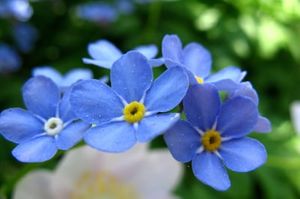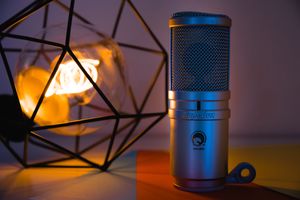Part 1
In January 2020 we were delighted to show the photographic work of Levon Biss in The Sainsbury Gallery at the Willis Museum, Basingstoke. Over the next few weeks we’ll be shining a spotlight on this exhibition and why the survival of insects and protection of our eco-systems are vital now more than ever.
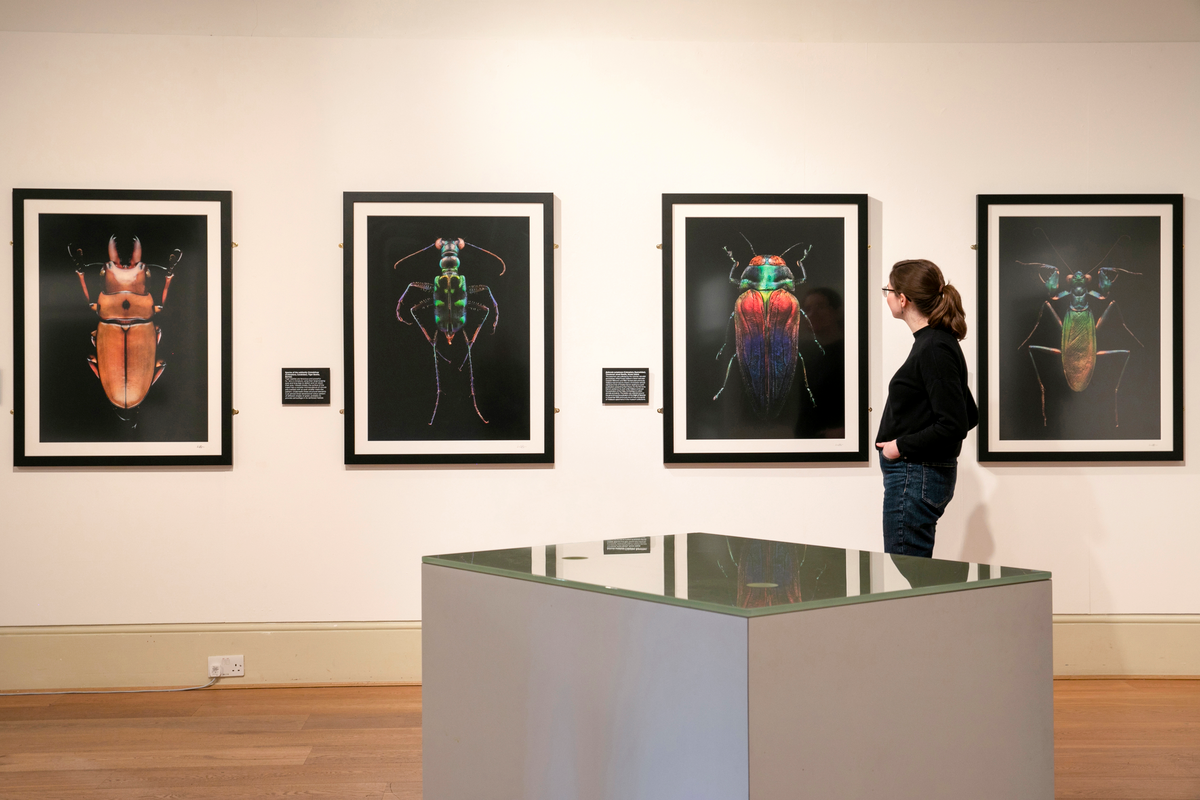
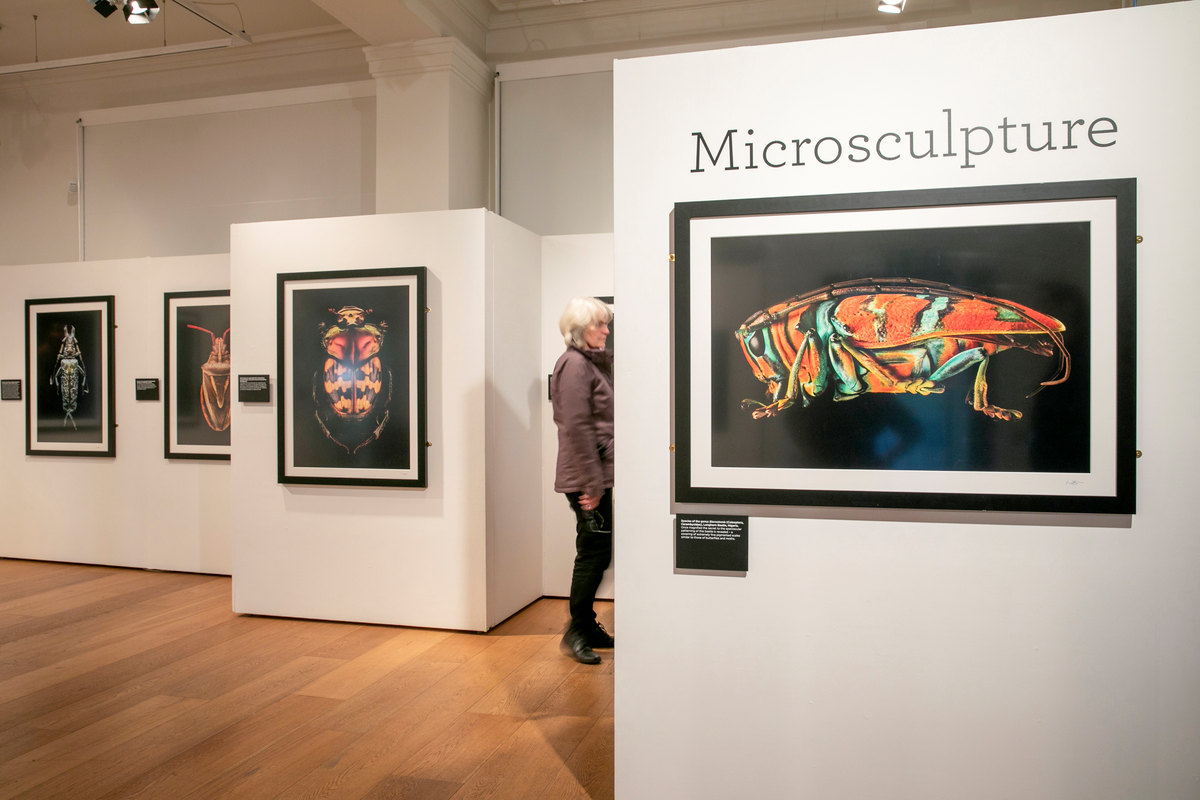
The startling photography of Levon Biss reveals the astonishing and stunning detailed form of insects with breathtaking clarity. The images, created in collaboration with Oxford University Museum of Natural History, present insect specimens as never before, using large photographic prints to expose their beauty at microscopic levels. Combining art with science we can learn more about these fascinating creatures through their shape, colour and sculptural forms.
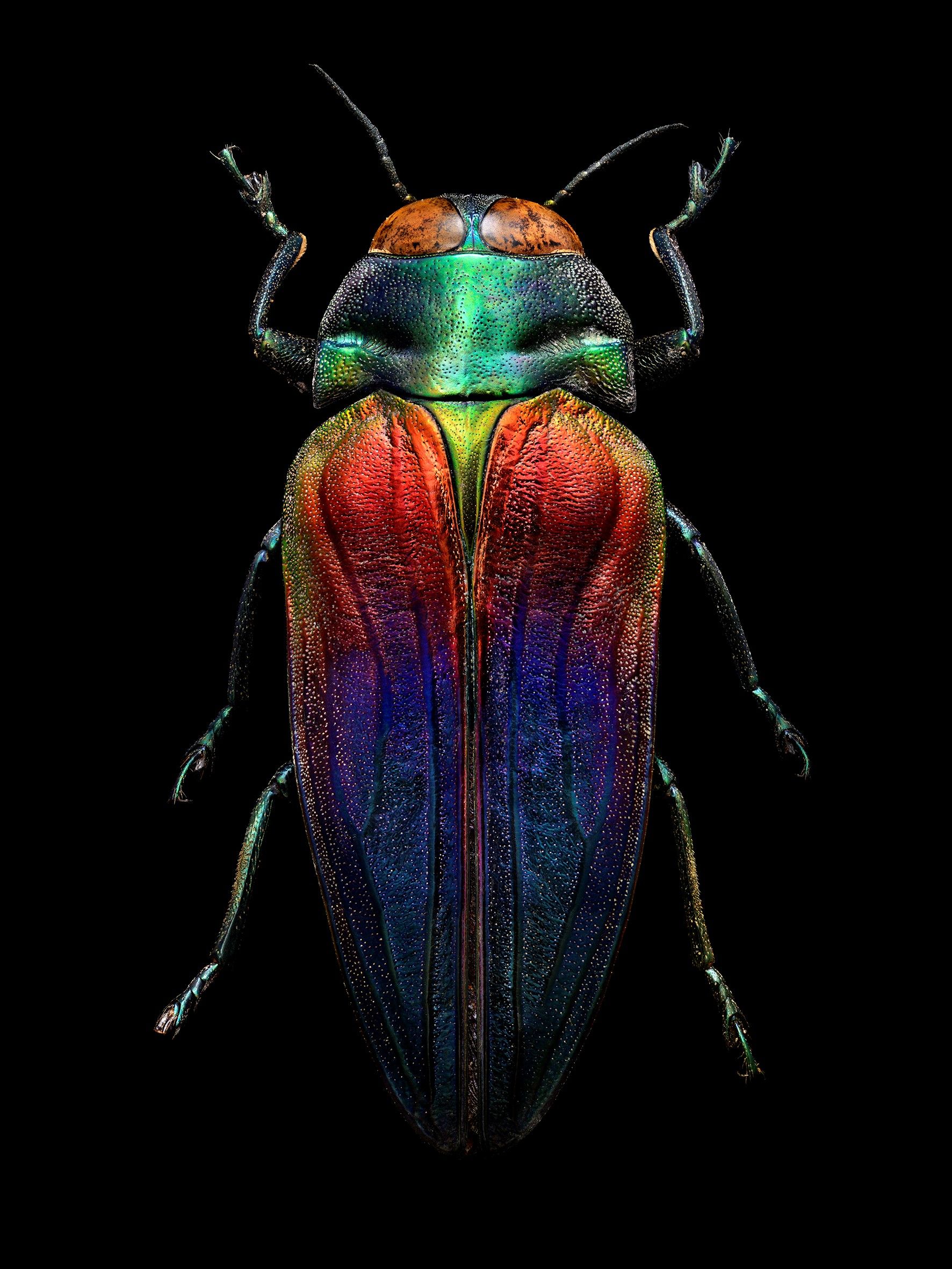
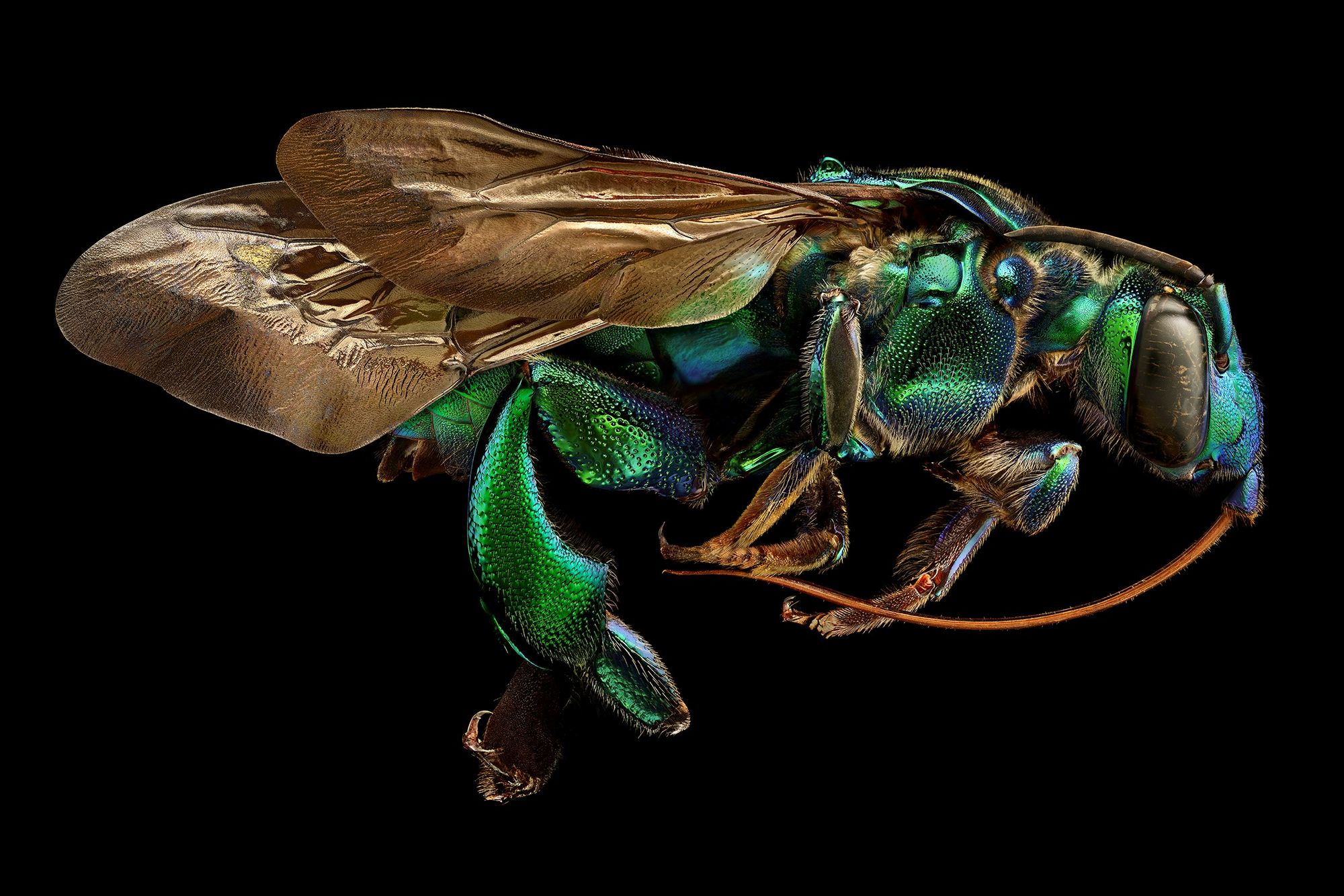
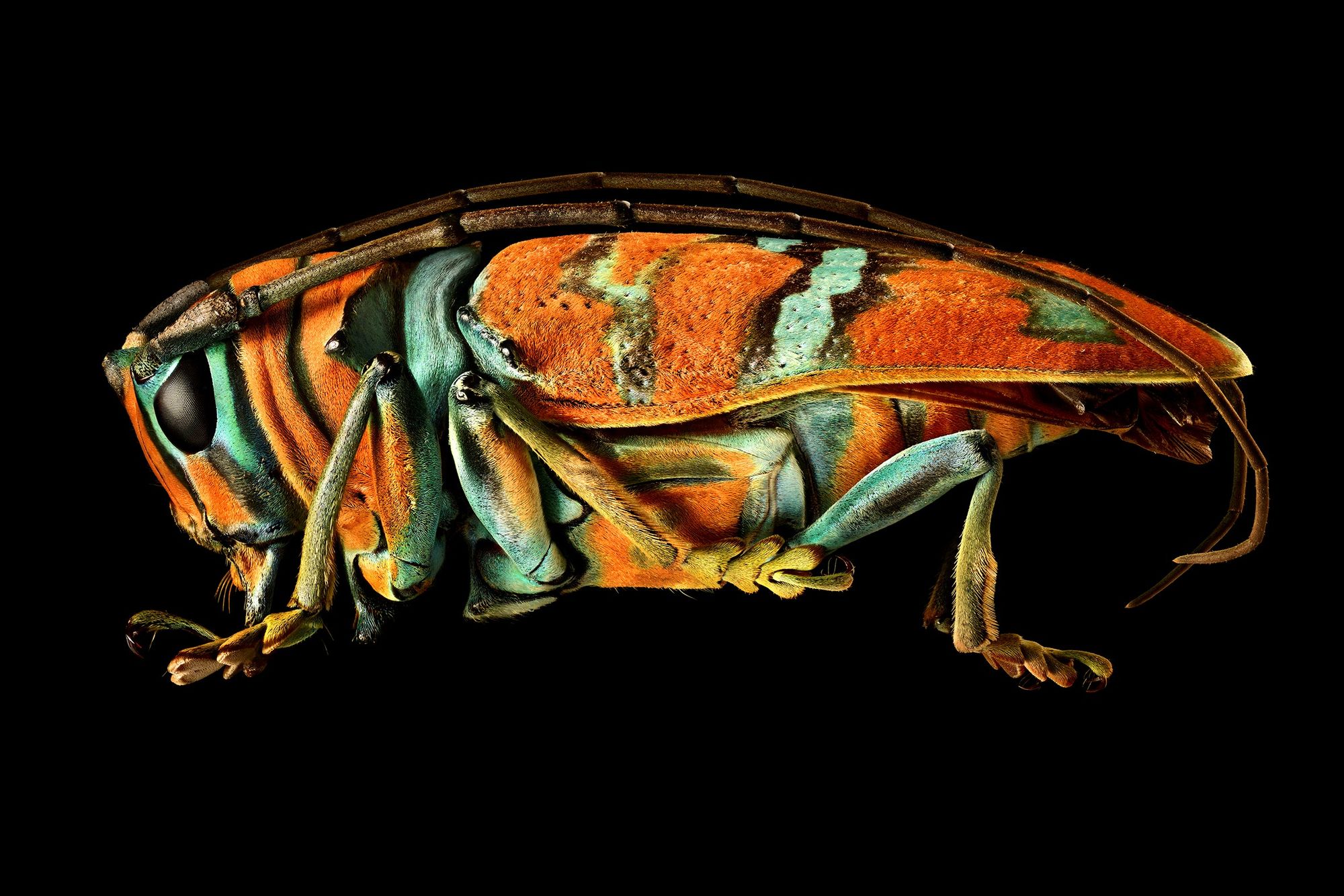
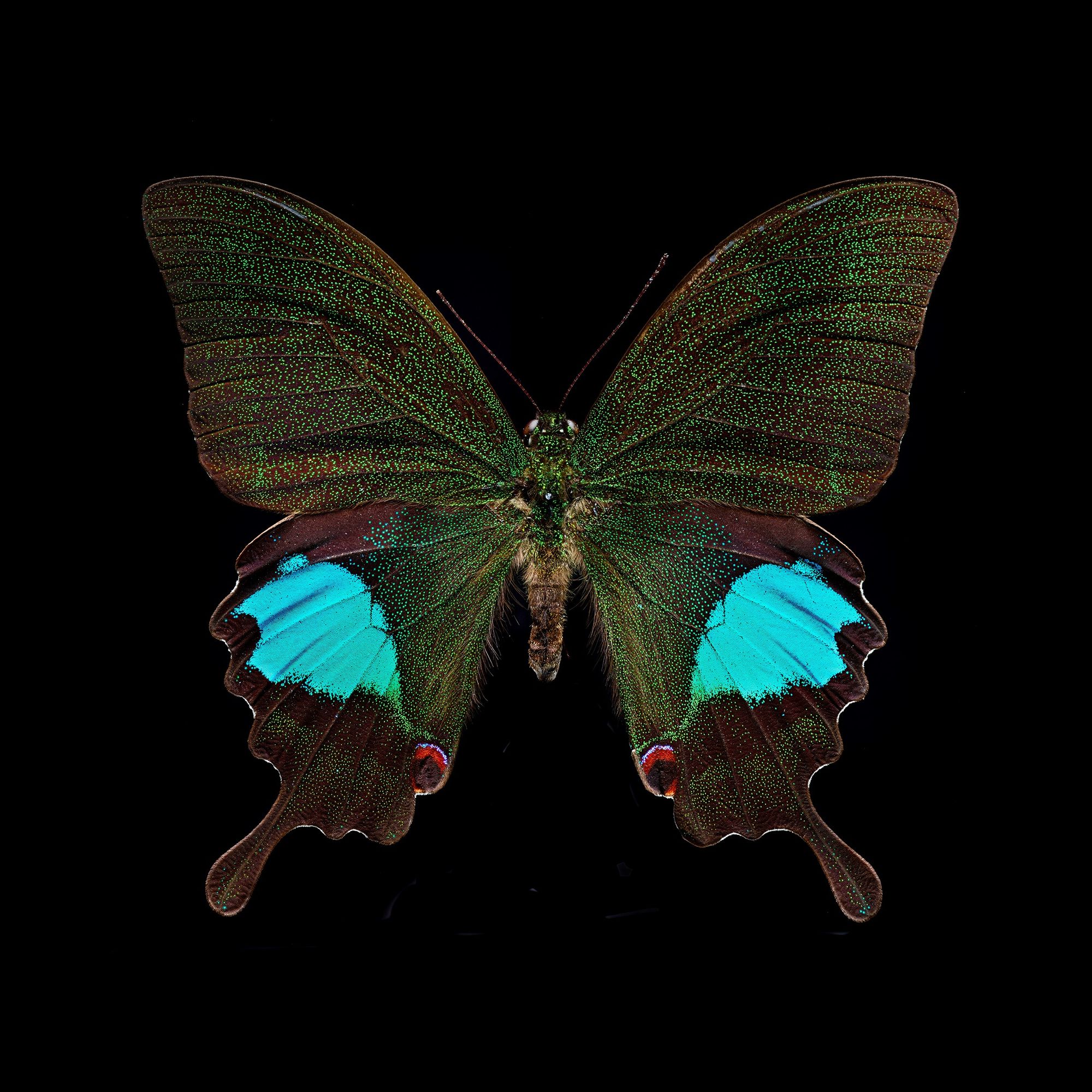
Levon’s process is an astounding feat to create each image. He explains;
“Each image is created from around 8000 individual photographs. I photograph the insect in approximately 30 different sections. Each section is lit differently with strobe lights to bring out the micro sculptural beauty of that particular section of the body. For example, I will light and shoot just one antennae, then I will move onto the eye and the lighting set up will change entirely to suit the texture and contours of that specific part area of the body. I continue this process until I have covered the whole surface area of the insect.
Due to the inherent shallow depth of field that microscope lenses provide, each individual photograph only contains a tiny slither of focus. To enable me to capture all the information I need to create a fully focused image, the camera is mounted onto an electronic rail that I program to move forward 10 microns between each shot. To give you an idea of how far that is, the average human hair is around 75 microns wide. The camera will then slowly move forward from the front of the insect to the back creating a folder of images that each have a thin plane of focus. Through various photo-stacking processes I flatten these images down to create a single picture that has complete focus throughout.
I repeat this process over the entire area of the insect and once I have 30 fully focused sections I bring them together in Photoshop to create the final photograph. From start to finish, a final photograph will take around 4 weeks to shoot, process and retouch.”
This fascinating film gives a further insight into Levon’s development of the project and the images.
@Levon Biss
Over the next week, we’ll look at the outstanding Hampshire Invertebrate collection and suggest ways to encourage insect life in your garden or the green spaces around you revealing some surprising fun facts about the bugs to look out for. We’ll also be bringing you a special focus on Gilbert White (1720 – 1793) regarded the father of ecology in this the 300th anniversary birth year of this local born naturalist of international distinction.
If you have enjoyed Culture on Call and you are able to make a donation, any support you can give will help us keep people connected.


